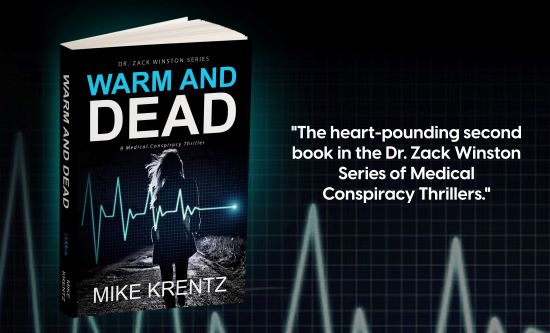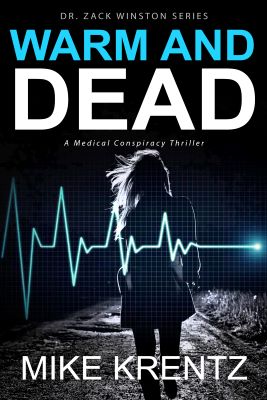 When I showed up for my first full-time shift in the emergency department, the official house of medicine had not yet recognized emergency medicine as a bona fide clinical specialty. Physicians often referred to the ER as “The Pit.” Required to maintain medical staff privileges, all doctors—regardless of training, knowledge, or experience—had to take their turns working in The Pit. Hospitals assumed that anyone who graduated from medical school had the skills to treat patients suffering the wide gamut of emergency conditions.
When I showed up for my first full-time shift in the emergency department, the official house of medicine had not yet recognized emergency medicine as a bona fide clinical specialty. Physicians often referred to the ER as “The Pit.” Required to maintain medical staff privileges, all doctors—regardless of training, knowledge, or experience—had to take their turns working in The Pit. Hospitals assumed that anyone who graduated from medical school had the skills to treat patients suffering the wide gamut of emergency conditions.
Wrong.
Think about the patient suffering an acute heart attack brought to an ER staffed by a psychiatrist ten years out of medical school. “How do you feel about your chest pain?”
No offense to psychiatrists. I respect psychiatry and those who practice it. But when you suffer a heart attack, you need a doctor who treats them every day.
At the time that I resigned from a “plum” residency in neurosurgery to climb aboard the ER train, the emergency medicine specialty was still a future vision. “Worth a shot,” I thought.
I never looked back.
The patient-centered specialty of emergency medicine flourished because a cadre of forward-looking physicians chose full-time practice in The Pit to improve the quality of care in that chaotic environment. Their perseverance culminated in a respected medical specialty that now draws from among the best and brightest medical school graduates.
Much has changed in our specialty since those early pioneers adopted The Pit as their full-time clinical office. Today’s emergency patients benefit from fifty years of advancements in both evidence-based medicine and the collective experience of dedicated emergency medicine specialists. These intrepid doctors even have their own informal moniker: BAFERD (“bad-ass f****ing ER doc”).
Committed BAFERDs show up every day for their assigned shifts in The Pit: the ever-stressful, often tumultuous, windowless, pale-walled, fluorescent-lit, guarded enclave where life battles death amid terrified screams, plaintive cries, and shouted orders—punctuated by the intrusive blare of the EMS radio announcing the imminent arrival of the next life-threatening crisis.
 Emergency medicine reduces life to the basics: airway, breathing, circulation, mental status; hope, courage, fear, despair; pain on a scale from one to ten. Amid this bedlam, fallible humans—their solid blue scrubs and never-again-white coats defiled by others’ blood, vomit, or worse—make superhuman efforts to postpone death, restore life, eliminate misery.
Emergency medicine reduces life to the basics: airway, breathing, circulation, mental status; hope, courage, fear, despair; pain on a scale from one to ten. Amid this bedlam, fallible humans—their solid blue scrubs and never-again-white coats defiled by others’ blood, vomit, or worse—make superhuman efforts to postpone death, restore life, eliminate misery.
They sometimes fail, but they cannot afford to grieve. They move on, to quiet a frightened child, relieve pain, straighten a broken limb, repair a laceration, or simply reassure the worried well.
The COVID pandemic has challenged even the most stalwart emergency medical warriors who girded their loins and rose to meet that ruthless enemy. We’ve seen burnout, depression, and altered lives. Some quit the specialty entirely. Some died from the disease. A few took their own lives.
I am both humbled and proud to count myself among those who practice this amazing specialty. That’s why dedicated WARM AND DEAD, the latest of my Dr. Zack Winston Series of medical conspiracy thrillers, to my fellow BAFERDs.
Meet ER doctor Zack Winston and the professional and personal challenges he faces here:
One reader who comments will win a signed copy of WARM AND DEAD!









